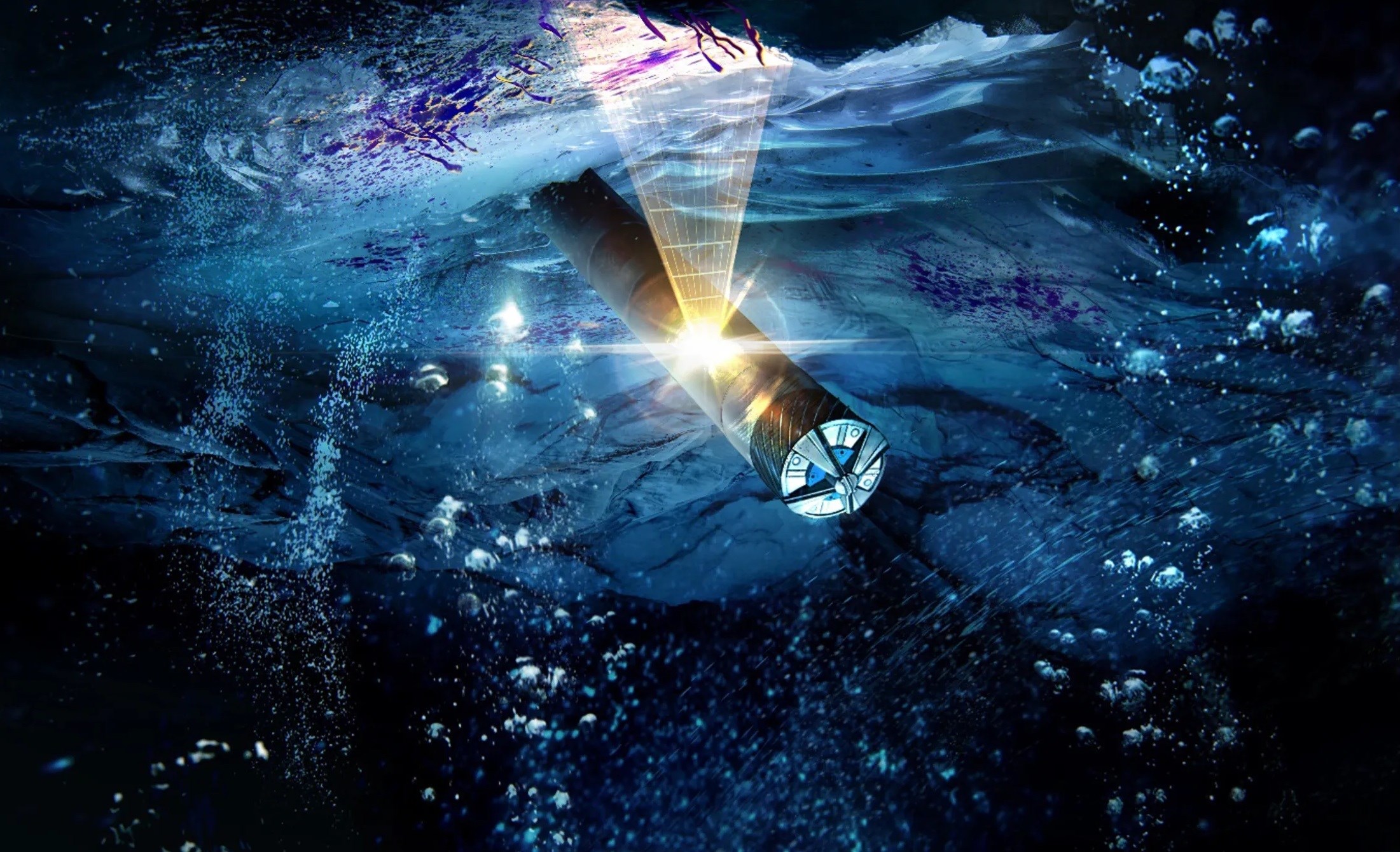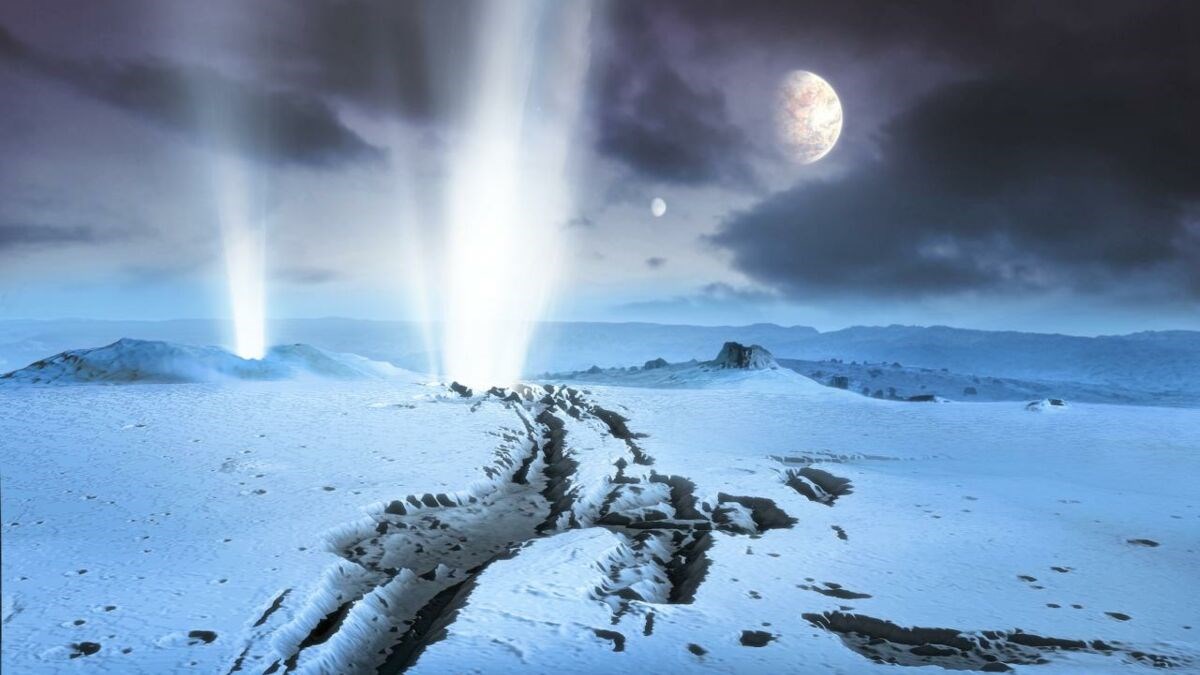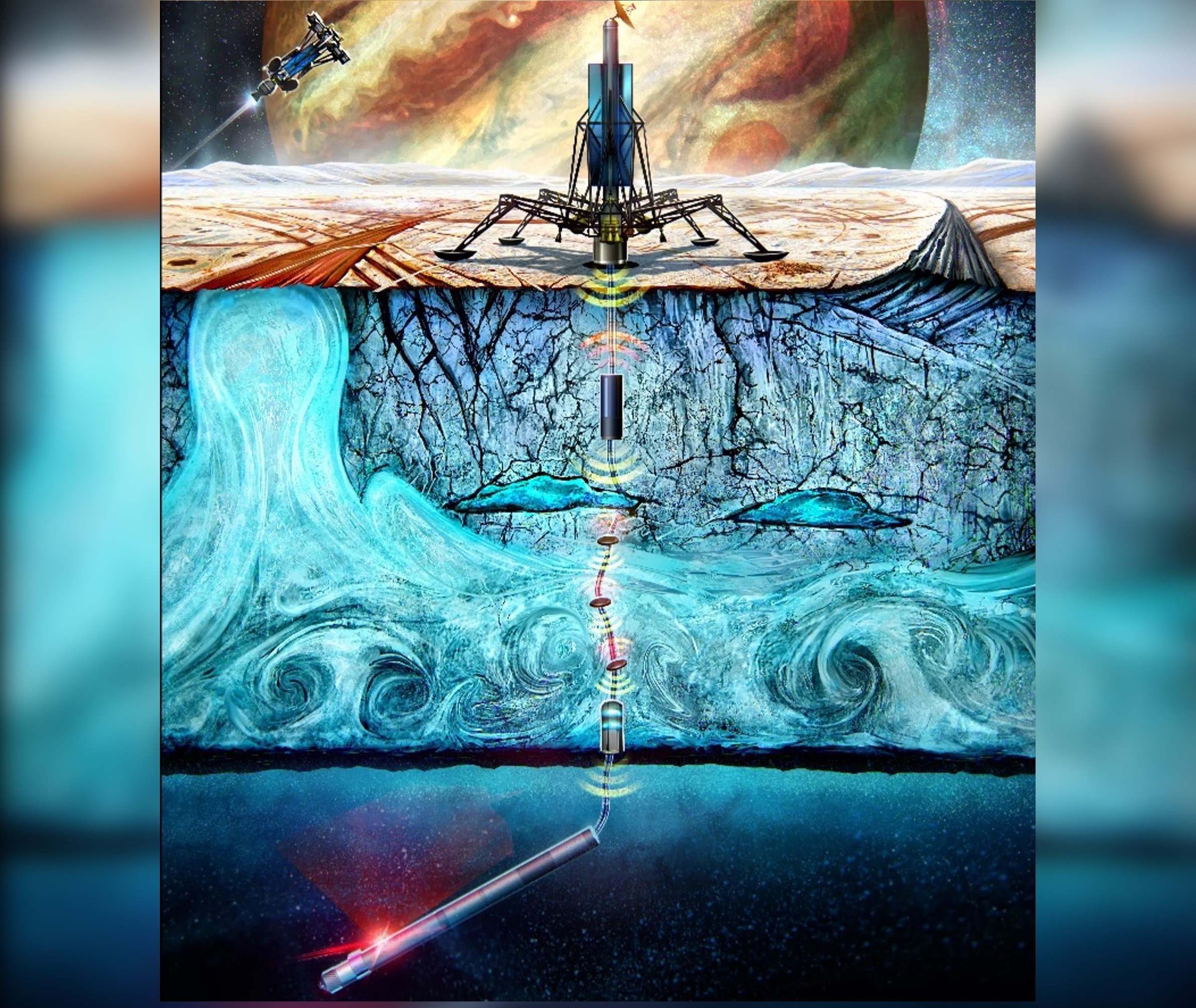 One of the ongoing quests in space research is to find traces of life beyond Earth. Outside of Mars, scientists are focusing their efforts on two candidates: Jupiter’s moon Europa and Saturn’s moon Enceladus. Impressive and compelling evidence points to the potential existence of subsurface oceans beneath thick layers of water ice on these icy moons. NASA announced the concept of the Cyrobot mission to detect life on these moons.
One of the ongoing quests in space research is to find traces of life beyond Earth. Outside of Mars, scientists are focusing their efforts on two candidates: Jupiter’s moon Europa and Saturn’s moon Enceladus. Impressive and compelling evidence points to the potential existence of subsurface oceans beneath thick layers of water ice on these icy moons. NASA announced the concept of the Cyrobot mission to detect life on these moons.NASA is searching for extraterrestrial life
NASA is currently studying the feasibility of a Cryobot mission that will drill into the ice shells of these satellites to directly detect the presence of liquid water and investigate its potential to support life forms. This will likely be a nuclear-powered probe that will be deployed with the help of the lander. NASA stated in its statement that many researchers came together at the workshop held in February 2023, and the main focus of the discussions was the latest developments and a road map for the Cryobot mission.
 Guided by the principle of “follow the water,” the astrobiology community recognizes liquid water as an essential component for life as we understand it. With Mars offering striking clues about its watery past, the need to directly explore the source of liquid water has become crucial in the search for possible alien life. This is where NASA’s Cryobot mission comes into play. NASA depicts the current concept design of this robot as a self-contained cylindrical probe that will use thermal ice drilling to melt the ice layer underneath.
Guided by the principle of “follow the water,” the astrobiology community recognizes liquid water as an essential component for life as we understand it. With Mars offering striking clues about its watery past, the need to directly explore the source of liquid water has become crucial in the search for possible alien life. This is where NASA’s Cryobot mission comes into play. NASA depicts the current concept design of this robot as a self-contained cylindrical probe that will use thermal ice drilling to melt the ice layer underneath.Although similar drilling techniques are used on Earth, adapting the technique to penetrate the cold, thick ice shells of Europa and Enceladus is a challenge by any measure. This workshop, organized by NASA’s Planetary Exploration Science Technology Office (PESTO), brought together 40 leading researchers from different fields to review advances and challenges in Cryobot technology.
Subsystems have been identified for the Cyrobot mission
 At the workshop, four critical subsystems (power, thermal, mobility and communications) were identified for a “flight-ready architecture”. The robot will be based on a nuclear power system, which needs sufficient power and density (about 10 kW) to melt ice efficiently. The power system also has to be structured to withstand the high pressures of the deep oceans.
At the workshop, four critical subsystems (power, thermal, mobility and communications) were identified for a “flight-ready architecture”. The robot will be based on a nuclear power system, which needs sufficient power and density (about 10 kW) to melt ice efficiently. The power system also has to be structured to withstand the high pressures of the deep oceans.It is also reported that a thermal management system is essential to cope with the heat produced by the nuclear power system. Therefore, two independent pumped fluid circuits for internal and external heat dissipation will need to be developed and integrated into the probe. It is also proposed to use techniques such as “water jetting” and mechanical cutting to remove impurities (dust and salt) from the icy shells of the satellites. Cryobot must also have a mapping sensor and steering mechanism to direct potential dangers.
Finally, establishing a strong communication link across the ice shell is critical for data transfer. While fiber optic cables are the industry standard, they must be validated before being deployed in active ice shells. Alternatively, wireless communication systems such as radio frequency, acoustic and magnetic transceivers are also being investigated. NASA says the consensus of its participants is that this mission concept is feasible but scientifically challenging. The Cryobot mission remains the most plausible near-term path to search for life directly in situ on an ocean world, according to the agency.